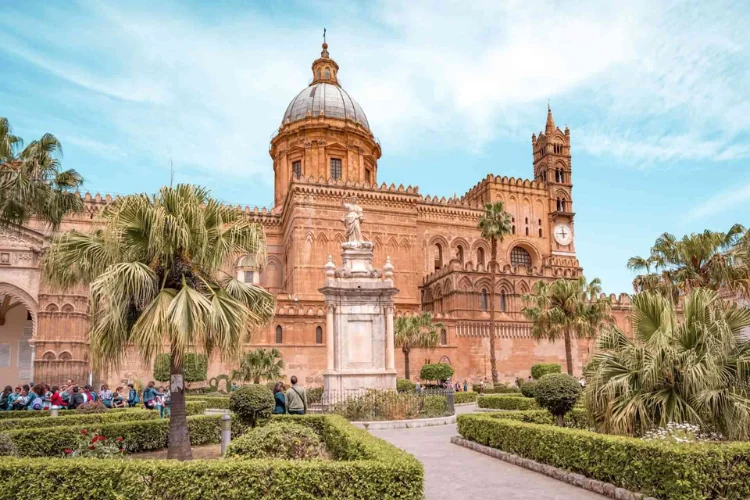The Statue of Liberty is one of the most iconic landmarks in the world and a powerful symbol of freedom and hope. Standing tall on Liberty Island in New York Harbor, she greets millions of visitors every year with her torch held high. While most people recognize her at a glance, few know the fascinating details behind her creation and symbolism.
The Statue of Liberty is more than just a stunning monument, it’s a rich tapestry of history, symbolism, and artistry. From her mythological roots and maternal face to her role as a lightning magnet and symbol of global freedom, Lady Liberty holds countless stories within her copper frame.
Check out this list of some intriguing facts about the Statue of Liberty, that’ll leave you amazed -
1. Her Crown Spikes Represent Oceans and Continents
The seven spikes in the crown of the Statue of Liberty aren’t just a stylistic choice, they symbolize the seven continents and seven oceans, representing liberty and enlightenment spreading throughout the world. It’s a subtle yet powerful reminder that freedom is a universal right, not limited by borders.
2. The Statue is a Magnet for Lightning
The Statue of Liberty, standing at a height of over 300 feet, is struck by lightning about 600 times a year. Her towering presence and the metal components make her a natural lightning rod. There are also rare photographs capturing lightning bolts striking her torch, an electrifying reminder of her power and presence.
3. It Was a Gift from the French
The Statue of Liberty wasn’t originally built by Americans. It was a generous gift from France, given in 1886 to celebrate the friendship between the two nations and commemorate the 100th anniversary of American independence. The statue was designed by a French sculptor known as Frédéric Auguste Bartholdi, and its internal structure was engineered by Gustave Eiffel, the same man behind the Eiffel Tower.
4. The Face of the Statue Was Inspired by a Mother
Bartholdi reportedly modeled the face of the Statue of Liberty after his own mother, Charlotte. Her calm and composed expression adds a personal and maternal touch to this monumental creation, symbolizing liberty, care, and protection. This detail gives the statue a deeply human connection.
5. The Statue Was Meant to Be a Lighthouse
The original plan for the Statue of Liberty included her functioning as a lighthouse to guide ships into New York Harbor. From 1886 to 1902, attempts were made to use her torch as a navigational light, but it never worked effectively. The light wasn’t strong enough to reach a far distance, and eventually, the idea was abandoned.
6. The Statue Represents a Roman Goddess
While many view the Statue of Liberty as an American symbol, her roots trace back to ancient Roman mythology. The statue is modeled after Libertas, the Roman goddess of liberty. She was a symbol of personal freedom and emancipation, which fits perfectly with the ideals that the statue embodies today.
7. The Statue Wasn’t Always Green
Today, the Statue of Liberty is known for her distinct green color, but that wasn’t always the case. When she was first assembled, she shone with a reddish-brown hue due to her copper exterior. Over time, oxidation caused the metal to develop a green patina, a natural process that actually protects the statue from further corrosion. This transformation took about 20 years and gave Lady Liberty her signature look.





